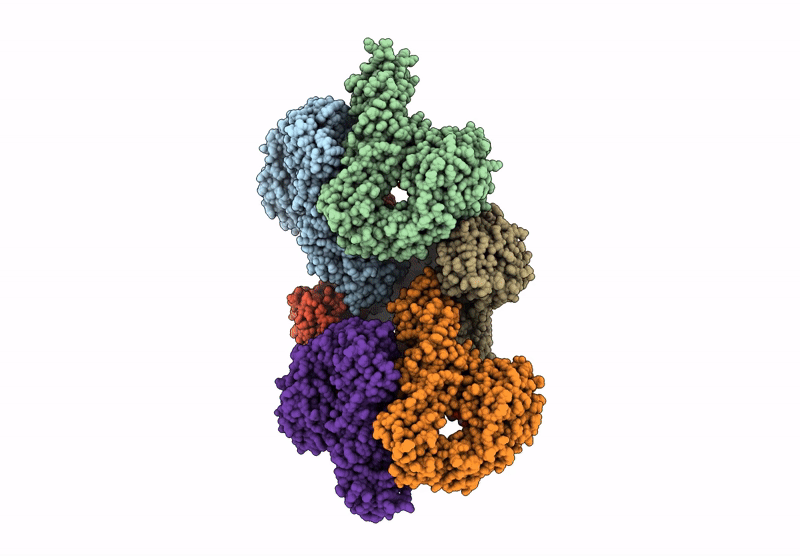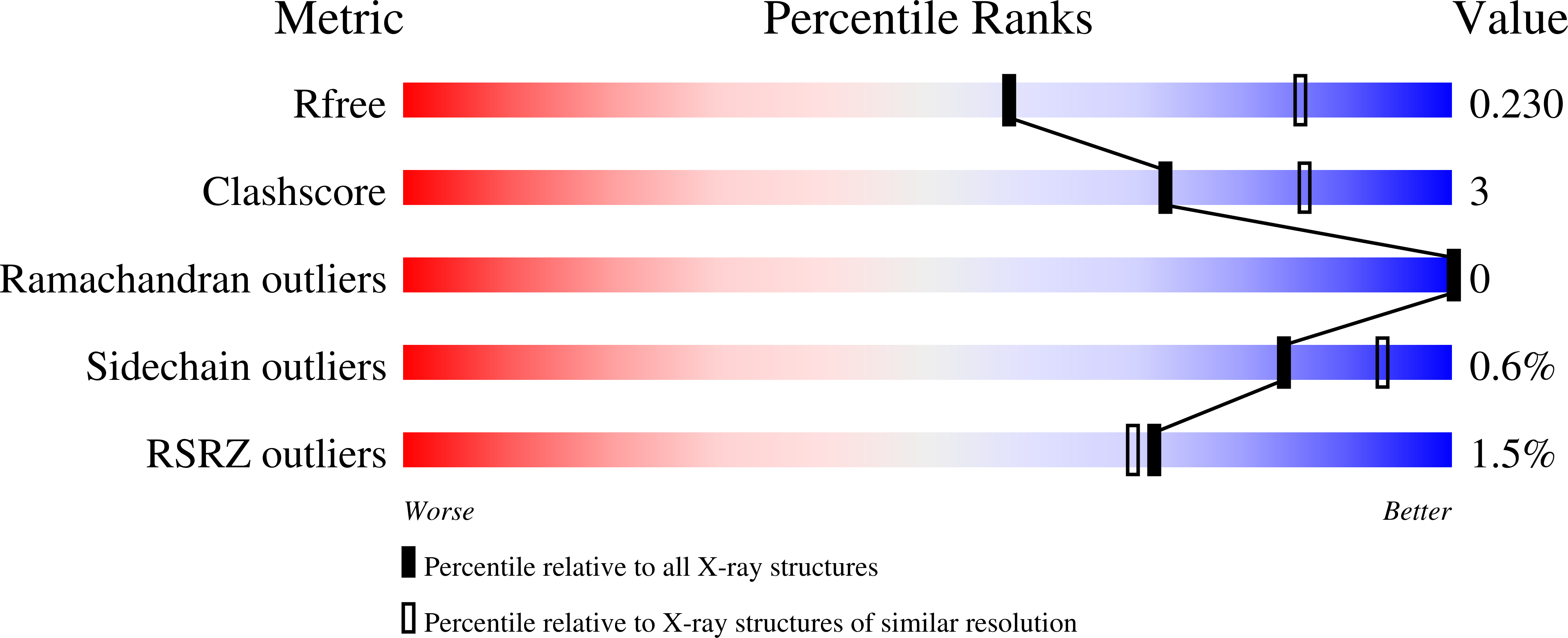
Deposition Date
2024-10-04
Release Date
2024-12-18
Last Version Date
2025-01-15
Entry Detail
PDB ID:
9GZK
Keywords:
Title:
Crystal structure of the L. monocytogenes RmlT in complex with 4-RboP-(CH2)6NH2
Biological Source:
Source Organism:
Listeria monocytogenes (Taxon ID: 1639)
Host Organism:
Method Details:
Experimental Method:
Resolution:
2.52 Å
R-Value Free:
0.23
R-Value Work:
0.19
R-Value Observed:
0.20
Space Group:
P 1 21 1


